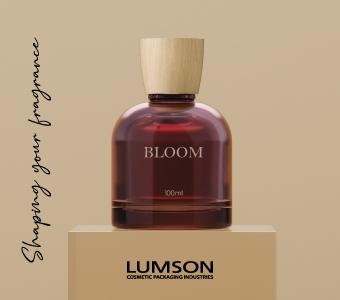
It is possible to answer gradually to the other questions, by comparing skin swabs from subjects receiving a cosmetic product or a placebo.
The major species of skin bacteria are known and there is a need for a method which is able to quantify it in a specific way. The quantitative PCR method allows to know the evolution of bacteria quantities between two conditions. For example you can follow Staphylococcus sp. (Firmicutes), Corynebacterium sp. (Actinobacteria), Propionibacterium sp. (Actinobacteria) at the genus level or target the species level. It answers to the question, saying yes, my product impacts or does not impact these species of skin microbiome.
This method benefit is the cost, it is a basic investigation method, but it is limited to the targeted species. However, at this stage, it is difficult to explain if the modifications of species are good or bad.
Bacteria sequencing
Going further, a larger investigation may be done by using the 16S rDNA sequencing for bacteria and ITS sequencing for fungi. This method will provide the semi-quantitative evolutions of the taxonomic composition and evolutions of the microbial diversity index. It is then possible to know if the product broadly modifies or not the microbiome.
This method has the advantage to provide an in-depth investigation of the microbial communities and to avoid the culture which is limited to species which grow on the proposed medium. The disadvantage is the semi-quantitation, the yield variations of 16S PCR, and the lack of cause-and-effect relationship on skin.
High resolution proteomics
Going deeper, it is possible to know more, particularly by investigating the skin and its microbiota simultaneously, and this at the level of metabolic functions and pathways. This is done with high resolution proteomics (nanoLC-MS/ms mass spectrometry and associated bioinformatics).
Indeed, the studies made at the genes level don’t signal the proteins expressed by any cosmetic product effect and however, the proteins are still in charge of the skin cells working. It is thus possible to know for example the variations of defense, virulence or lipid transport mechanisms on the bacterial side and pro-inflammatory mechanisms activation on the skin side. Then you get the knowledge on the impacts. Without giving the cause-and-effects relationships, this method has the advantage to give correlations between phenomenons at the skin and bacteria levels. The main difficulty is the huge quantities of data to be processed, but we know how to reduce it with database adapted strategies, particularly with 16S genomics and proteomes coupling. We enter now in the « multi-omics » approaches which will be more and more used to deep into the mechanisms understanding.
Of course, the microbiome investigation requires some precautions in the sampling plan. To avoid he high inter-individual variability and the high subject number, it is convenient to work by comparing the left side to the right side of the face or the body. Also, you have to avoid the comparison of D0 to D+3 weeks as a lot of environmental or physiological events can introduce a bias in the experiment.
|
The following tests are available at MS Phylogene : – Targeted quantitative PCRs of bacteria directed at the genus or species level, |



































